The High Performance Agile Team Told Through The Hero’s Journey
Category:Agile Adoption,Agile Productivity,Organizational TransformationBecoming a high performing team is not a straight line, it’s a journey. By being more aware of where the team is along their journey, you’ll be better equipped to help; whether it’s through teaching, facilitation of a startup or reset, coaching in the moment or other approaches.
The Tuckman’s Team Development Model offers a window into the Team journey as a series of stages. These stages include Forming, Storming, Norming, Performing and more recently, Adjourning and Transforming.
If you’ve read or watched the Lord of the Rings Trilogy, it describes the archetypical Hero’s journey. Here’s a recap of the stages as it relates to the story (Please be advised, there are spoiler alerts ahead).
Forming
The Tale begins in a small village full of Hobbit people. The setting is cast in beautiful lush green pasture-land with rolling hills. There’s a sense of curiosity and wonder about the place.
The characters don’t necessarily know each other well, or at all. However, they share a common connection through their friend Gandalf the wizard whom they admire. You can call him the Agile Scrum Master or Coach.
Soon an evil arrives and threatens the land. Gandalf makes it known to the villagers that they must act to stop the forces in order to survive. He assembles a group of volunteers to combat the evil presence, and they embark on their long journey.
Here it can be helpful for teams to get clear on their shared goals, values and agreements. The earlier they can get to know one another and identify their preferred ways of working, the sooner they can move forward in service of becoming a high performing team.
Storming and Norming
Along the way, the protagonists have petty squabbles with one another. They bicker at times and form camps. Trust is low.
While the group is trying to figure out how to work together, Gandalf, one of the strongest protagonists unexpectedly dies while protecting the group from an attack.
The group realizes that if they continue to operate as they have, that they will not be successful and the world will be lost.
If you find that your teams are going through a period of conflict, know that they have actually moved forward. In service of helping the group, this could mean staying neutral and providing room for the group to work through things on their own, sharing that this is a natural part of becoming a team, or by facilitating deeper conflicts where appropriate.
Performing
Here it becomes evident that the company now is truly working as a team. They share a collective goal. Selfless behaviors are emerging. They are operating more synergistically.
At one point, one of the characters is carrying another up the mountain because they are unable to continue themselves.
Together, against many difficult odds and obstacles the team defeats the great evil and returns back to the place where they started.
Adjourning and Transforming
While the characters in the same place they started, they are not the same people they used to be. They have all been transformed internally. There is a collective sense of accomplishment paired with a bittersweet, melancholy. This is goodbye for some, and for all a goodbye to what was.
There is a sense of optimism and excitement for the next adventure or calling ahead combined with a sense of angst and uncertainly of what lies ahead.
Takeaways
A high performance team is magical, when it happens. However, getting there is not. Becoming a high performing team involves a concerted journey that takes awareness and effort. If you can discern where teams are along their path, and better yet, help them to detect their own stages, you’ve already stacked the odds in favor of success.
Think of a time when you’ve been a part of a strong team. Can you recall where there were major challenges and breakthroughs? What happened?
How does this fit in your current context? Can you identify where your team might be today?




